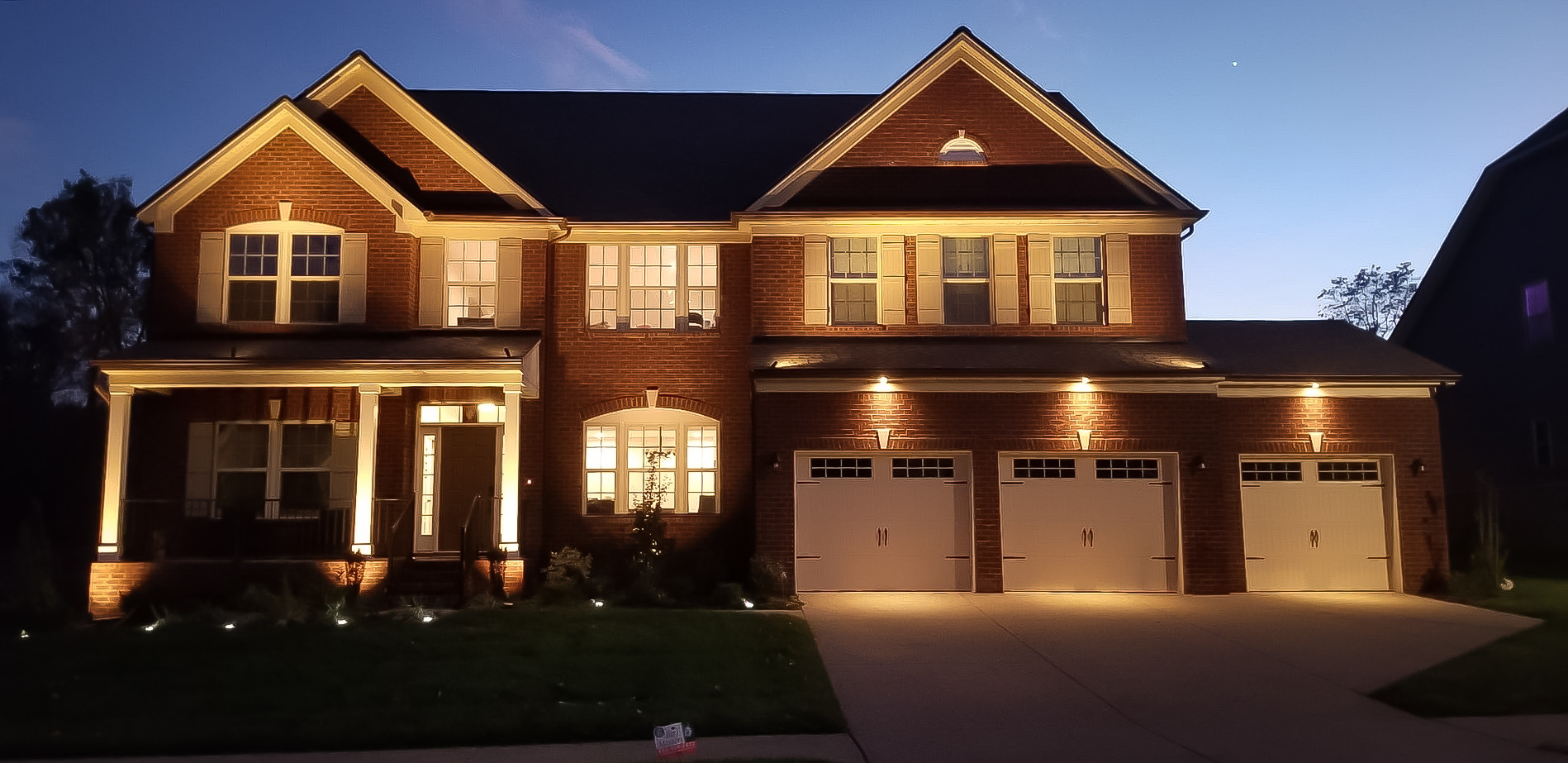Upgrading your lighting system can seem like a daunting task, especially when faced with the myriad of options available today. However, understanding the differences between LED and traditional bulbs can illuminate your decision-making process. In this comprehensive guide, we will delve deep into "LED vs Traditional Bulbs: Why Upgrading is Worth It." From energy efficiency to aesthetic appeal, we'll explore every facet of lighting solutions.
Understanding the Basics of Lighting Technology
What Are Traditional Bulbs?
Traditional bulbs, commonly known as incandescent or halogen bulbs, have been around for over a century. They work by heating a filament until it glows, providing warm light but at the expense of energy efficiency.
- Lifespan: Generally last about 1,000 hours. Energy Consumption: About 60-100 watts per bulb. Light Quality: Produces warm light but with poor color rendering in some cases.
What Are LED Bulbs?
LED (Light Emitting Diode) bulbs represent modern lighting technology. They use a semiconductor to convert electricity into light, resulting in significant energy savings and longer lifespans compared to traditional options.
- Lifespan: Can last up to 25,000 hours or more. Energy Consumption: Typically uses 8-15 watts for similar brightness levels. Light Quality: Available in various color temperatures and excellent color rendering.
LED vs Traditional Bulbs: Why Upgrading is Worth It
When considering upgrades for your lighting system, the energy efficiency of LEDs stands out prominently. The average home can save hundreds of dollars each year on energy bills simply by switching from traditional bulbs to LED alternatives.
Energy Efficiency Explained
The Numbers Behind Energy Savings
Wattage Comparison- Traditional Bulb: 60 W LED Equivalent: 10 W
Assuming an average usage of 5 hours per day:
- Traditional: ( \frac60 \text W1000 \times 5 \text hours \times 365 = 109.5 \text kWh ) LED: ( \frac10 \text W1000 \times 5 \text hours \times 365 = 18.25 \text kWh )
Assuming an electricity rate of $0.12/kWh:
- Traditional Cost: $13.14 annually LED Cost: $2.19 annually Total Savings: $10.95 per bulb per year
This simple math demonstrates how quickly costs add up across multiple fixtures in your home or business.
Longevity and Maintenance Costs
One significant advantage of LEDs is their long lifespan—up to 25 times longer than traditional bulbs! This longevity reduces maintenance costs significantly:
- Fewer replacements mean lower labor costs for commercial lighting installations. Reduced waste contributes positively to environmental sustainability.
Emphasizing Design and Aesthetics
Architectural Lighting Solutions with LEDs
LEDs offer more flexibility in design compared to traditional bulbs due to their compact size and variety of shapes and colors:

- Custom lighting design options are abundant with LEDs. Architectural lighting solutions can highlight features effectively without overwhelming them.
Accent and Ambient Lighting
Creating ambiance is crucial in residential settings:
- Use LEDs for accent lighting that highlights artwork or architectural features. Ambient lighting sets the mood—LEDs provide versatile solutions for all spaces.
Outdoor Lighting Design Benefits
When it comes to outdoor spaces like gardens and pathways, LED lights shine brightly—pun intended!
Pathway and Garden Illumination
Proper landscape lighting installation enhances safety while beautifying outdoor areas:
- LEDs can be integrated into low-voltage lighting systems for efficient energy use. Smart lighting controls allow homeowners to adjust brightness based on needs or events.
Security Lighting Solutions Using LEDs
Security is paramount; thus, using reliable outdoor lights makes sense:

- Brightness levels can deter potential threats. Motion sensors combined with smart controls increase both security and energy efficiency.
The Financial Implications of Upgrading
Initial Costs vs Long-Term Savings
Let's break down the financial implications further:
| Aspect | Traditional Bulb | LED Bulb | |------------------------------|------------------|------------------| | Initial Cost | $1 | $5-$15 | | Lifespan | ~1,000 hours | ~25,000 hours | | Annual Energy Cost | $13 | $2 | | Replacement Frequency | Annually | Every 20+ years |
While the initial cost of LED may be higher, long-term savings are undeniable!
Incentives for Upgrading to Energy-Efficient Lighting Systems
Many utility companies offer rebates for installing energy-efficient products. Research local programs that might help offset your initial investment further.
Lighting Consultation Services: Making Informed Decisions
When considering an upgrade from traditional bulbs to LEDs, consulting with professionals can provide valuable insights tailored specifically to your needs:
Assess current facilities. Discuss architectural needs—residential versus commercial applications vary greatly! Evaluate existing fixtures for retrofitting possibilities—lighting retrofitting services might save you even more money!FAQ Section
What are the key differences between LED and traditional bulbs?
The Light TN LED lighting upgrades most notable differences include energy consumption (LEDs consume less), lifespan (LEDs last much longer), and light quality (LEDs provide better options).
How do I choose the right LED bulb for my space?
Consider factors such as lumens (brightness), color temperature (warm vs cool light), and compatibility with existing fixtures.
Are there any downsides to switching to LEDs?
Some landscape lighting users report issues with dimming capabilities if not compatible with existing dimmers; however, many modern LEDs are designed specifically for this purpose.
Do LEDs produce UV radiation?
No, unlike traditional incandescent bulbs which emit some UV radiation, LEDs are considered safer as they produce minimal UV rays.
Can I use LED bulbs outdoors?
Absolutely! Just ensure they're rated for outdoor use; many options exist specifically designed for landscape lighting installation or security purposes.
How do smart controls enhance my experience with LED lighting?
Smart controls allow you remote access via apps or voice commands; they can automate schedules while adjusting brightness levels based on time or activity within a space!
Conclusion
In summary, upgrading from traditional bulbs to LEDs offers substantial benefits regarding cost savings, longevity, versatility in design choices—and more importantly—the positive impact on our environment through reduced energy consumption!
With advancements in technology offering customizable solutions—from holiday and event lighting strategies down through pool/water feature illumination—it’s clear that adopting modern strategies enhances not just aesthetics but also functionality within diverse spaces across residential/commercial realms alike!
So don’t hesitate—embrace the future today; after all—it’s not just about light; it’s about creating experiences that resonate deeply within our environments!